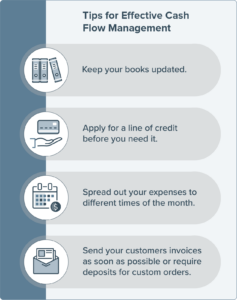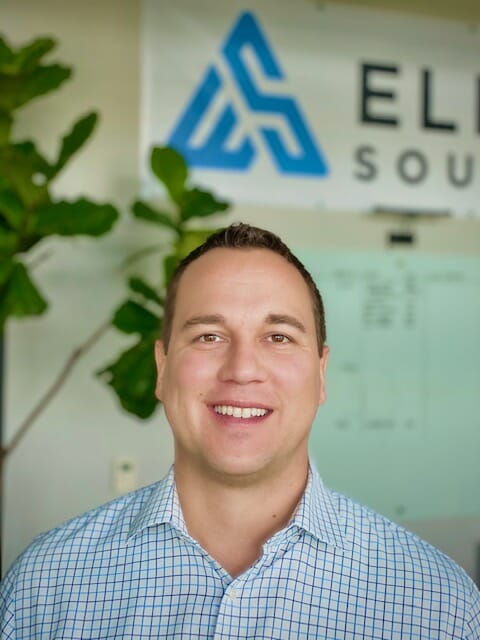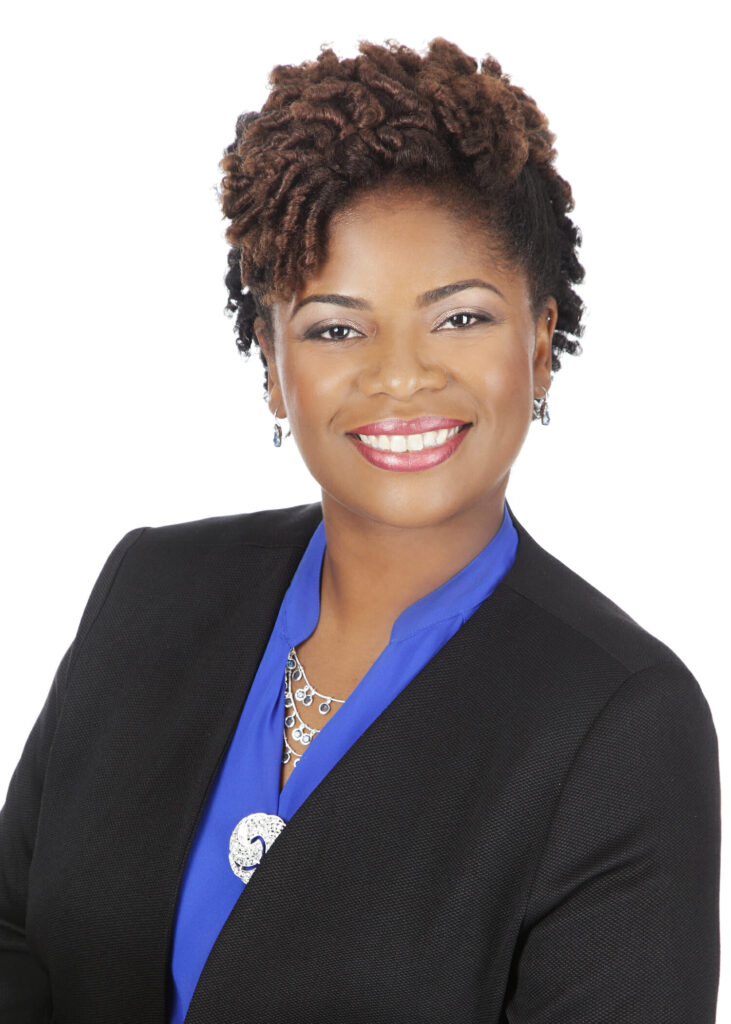For many small business owners, accounting terminology can be challenging. The concepts make sense but the phrases don’t. Most owners started a business out of a passion for a product or service, and not necessarily because they love administrative tasks. That said, you’ll need reliable accounting books frequently.
If you haven’t brushed up on your accounting terminology lately, here are some concepts you will want to review:
Accounts
This term can mean what you are probably accustomed to bank accounts, credit card accounts, etc, where you have a number issued by your financial institution. However, ‘Accounts’ also refer to the various categories that are part of your Chart of Accounts.
Chart of Accounts
Your chart of accounts is a series of ‘categories’ that various transactions can be applied to. Your chart of accounts is specific to your business and is often set up when you adopt accounting software for the first time. Each account in your Chart of Accounts typically has a numerical code that can vary in terms of the number of digits.

Cash Basis
Your business’s ‘Basis’ is like a setting for your books. When set to ‘Cash,’ everything revolves around when money moves. You recognize income when you receive money versus getting a deal signed. You recognize an expense when you pay it, not when you get billed.
Accrual Basis
When you are using ‘Accrual’ as your basis, you will recognize income as soon as you earn it in a category/account called ‘Accounts Receivable.’ You’ll recognize expenses as soon as you get billed in a category/account called ‘Accounts Payable.’ See below for more on these two general ledger accounts.
Assets
At the top of your Balance Sheet, ‘Assets’ represent stores of value for your company. Cash, real estate, and equipment are assets but so are rights to value in the future. Your accounts receivable (money owed to you by clients) is an asset. If your company has made loans to others, that loan or note receivable is an asset as well.
Liabilities
On the right side of your Balance Sheet, liabilities are what your company owes. Bills are represented by ‘Accounts Payable’ while money owed overtime or multiple installments would fall into a ‘note payable.’
Equity
Equity is the value of shares held by owners. It can be thought of as what would be left over if all Assets were sold and then all liabilities were paid off.
The Accounting Equation
The interaction of the three Balance Sheet sections is often referred to as ‘The Accounting Equation: Assets=Liabilities + Owner’s Equity.
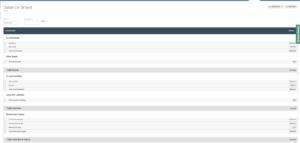
Revenue
What is revenue? Revenue, sometimes called sales or turnover, is the total income generated by a business from the sale of goods or services. Revenue is the money that your company receives selling goods or services.
Expenses
Also known costs, there are several categories of small business expenses to stay in business. The two categories in cost accounting are a variable and fixed cost. The fixed costs differ in that these numbers stay the same regardless of the company’s output. When we calculate variable costs, these numbers fluctuate week after week, depending on the sales volume.
Profit
When you have more revenue than expenses, your company is running at a profit or sometimes what is referred to as ‘in the black.’ If you have more expenses than revenue, you are running the company at a loss, which is also referred to as ‘in the red.’
Gross Profit is the revenue from sales minus the costs to achieve those sales. The cost associated with sales is known as “Cost of Goods Sold” or “COGS” and is often in its own section on your income statement. This number tells you exactly how much your company would have made if you didn’t have administrative or other expenses that weren’t directly associated with the product or service you provide.
Retained Earnings
When a business runs a profit, cash accumulates within the business. Owners may decide to pay dividends (which reduce retained earnings), or they may keep the money on hand for reinvestment in the company. Some companies consider the statement of retained earnings the fourth financial statement.
Accounts Receivable (A/R)
If you are using the accrual basis of accounting, you’ll show an account/category called ‘Accounts Receivable’ which represents all of the money that is owed from sales such as invoices you have sent to clients but that have not been paid yet. When the client pays you, your ‘A/R’ total goes down and your cash goes up.
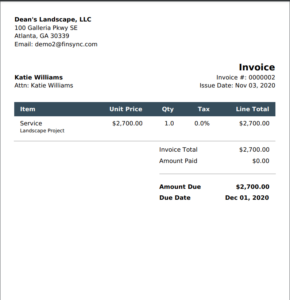
Accounts Payable (A/P)
Sticking to the accrual basis of accounting, ‘Accounts Payable’ is the money you owe vendors who have already billed you but you have not paid yet. When you pay a bill, your ‘A/P’ goes down and your cash goes down.

Learn these concepts, and you will be in good shape to have an informed conversation with your accountant or banker if you’re seeking financing.
Stay up-to-date with the latest trends and other tips and tricks FINSYNC’s blog brings to small businesses.






